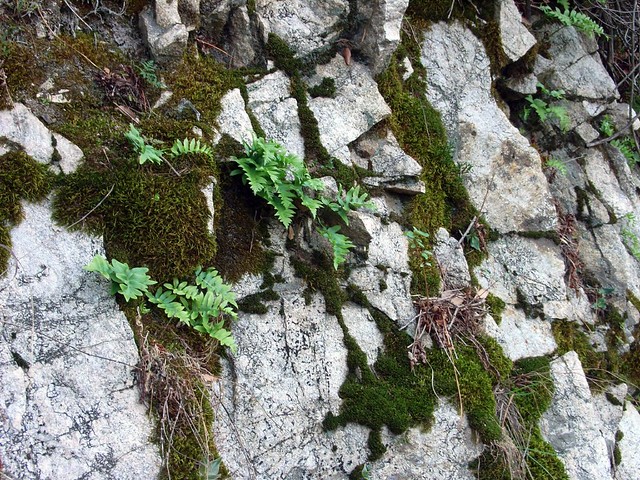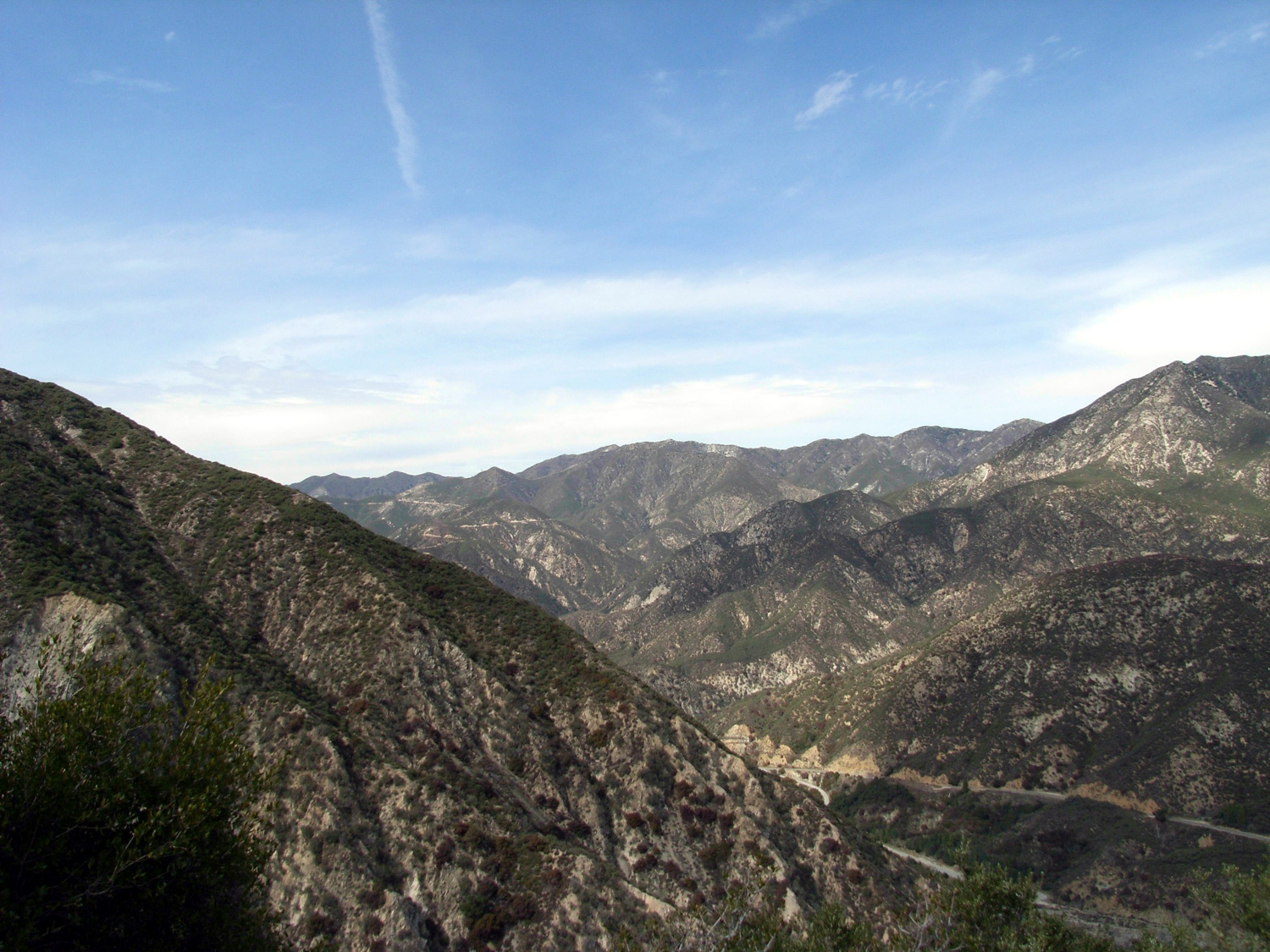A leg-buster from Big Tujunga Canyon to Mount Lukens — the highest point in the Los Angeles City Limits. A river crossing, stony trails, and long winding switchbacks lead up to a fantastic view of the city and the surrounding landscape. This is a great training hike for taller mountains, and is often used by hikers who are planning to hike Mount Whitney.
Mount Lukens is the highest point of elevation within L.A.’s city limits. The summit itself is full of radio towers and fire roads and not exactly the most pleasant summit in the San Gabriels, but the views can be outstanding and the journey is tough but rewarding. This trail gains over 3000 feet of elevation in just under 4 miles – a relentless, leg-busting trip that makes this an excellent training hike for taller peaks – especially if you’re not in the mood to spend that much time in your car. This is one of the best Mount Whitney training trails out there and it’s not rare to see people on this trail in full backpacking gear getting ready for their big journey.
In most cases, you can park down at the picnic area at the bottom of Doske Road, but when I hiked this the gate to the parking area was locked – adding some extra distance to the journey.
The road to the Wildwood Picnic Area was about a half mile paved descent to a mostly-empty parking lot. A few cars had managed to get down there, somehow, and a couple of scattered fishermen stood knee-deep in the Big Tujunga Creek, casting their fishing rods into the distance.
Looking up, I could see the distant antennae atop Mount Lukens. From here, it looked like quite a distance.

Depending on the level of water in the creek, you can either boulder-hop or, as I did, just take your boots off and walk carefully across the stones to get to the other side. If you do decide to go the barefoot route, just watch out for any glass or litter washed from upstream picnic areas.
On other descriptions I’ve read of the Stone Canyon trail, many complained about how difficult it was to find the actual trail. There is no brown wooden trailhead beckoning you from a distance, but the trail isn’t too hidden if you know where to look.
Running into the Big Tujunga Creek is a large, gray stone landslide area. The trail is on a ridge to the immediate east of this canyon. It’s not visible when you’re walking toward it from the west, but if you hug the water you’ll spot it quickly. Here’s a view from above, where you can clearly see where the trail is in relation to the canyon. Hopefully, that’ll help.
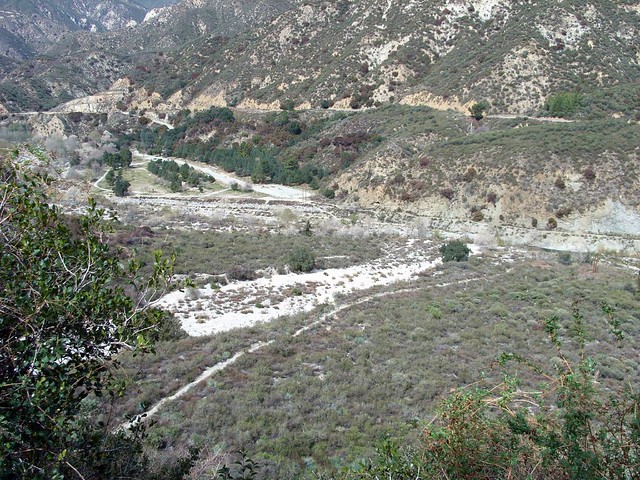

Most of the low grasses and brush have re-appeared since the 2002 fire, but you can still see lots of burnt branches from some of the larger plants. And, due to our recent rains and warm temperatures, some of the plants have been tricked into thinking it’s spring. The blooms and burns make for a nice contrast.
As the trail continues up the mountain, the brush gives way to low manzanita and some small pines. There are even some moss and ferns hugging the especially shaded sections of the north side, which I don’t remember seeing very often on the lower San Gabriels.
Although you stay within earshot of Big Tujunga Canyon Road (and the especially loud motorcycles that tend to drive it), the further away you get, the better views you’re given. Right across the street, you can easily make out Condor Peak and Fox Mountain, two of the more secluded San Gabriel peaks.
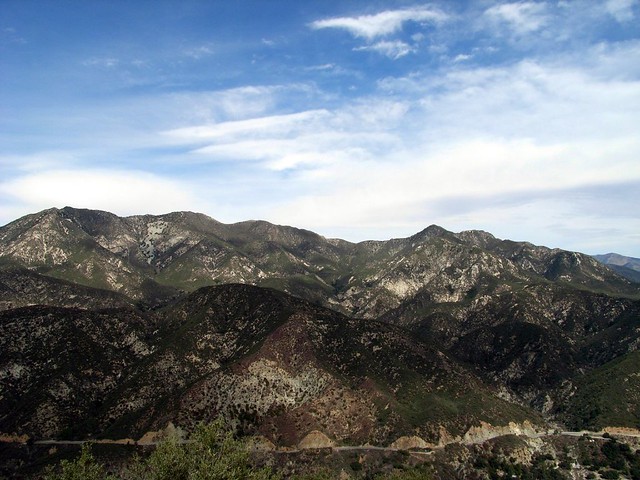
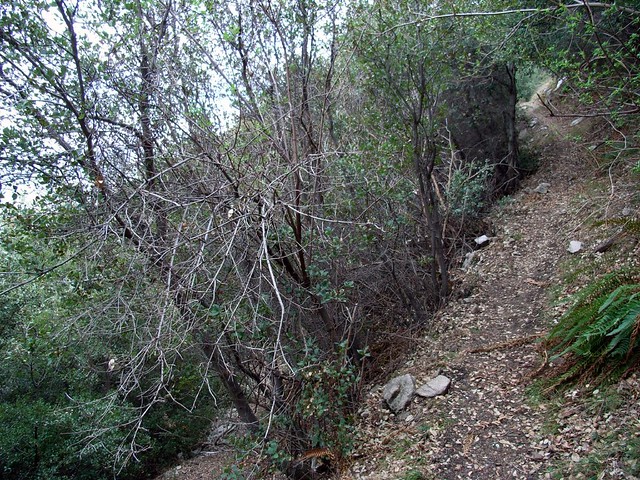

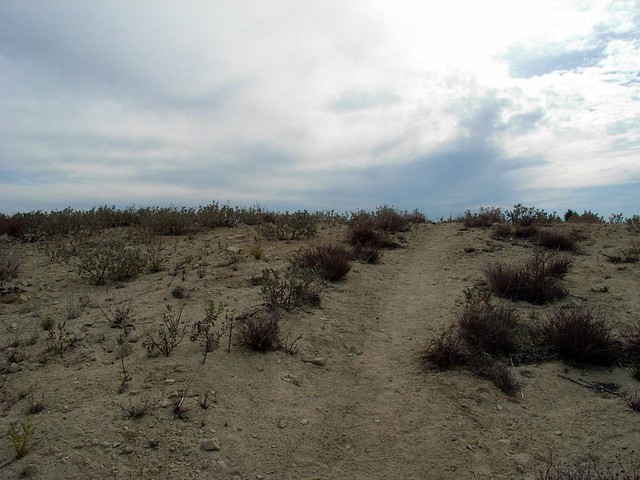
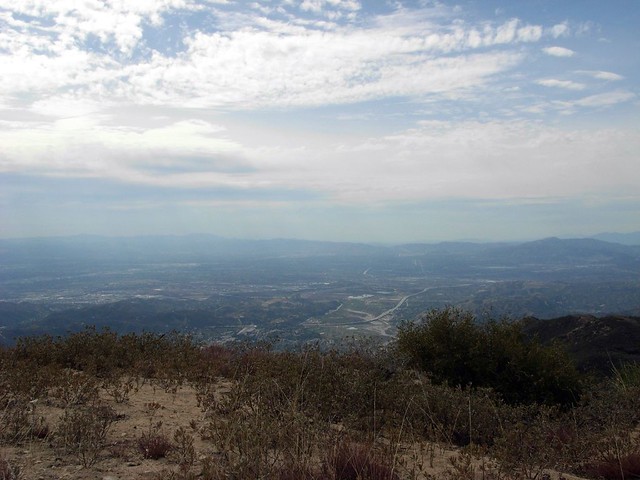
While the haze doesn’t play well with my pictures, I was able to clearly make out the peaks of Boney Mountain and Sandstone Peak to the east, and see south past Palos Verdes. And this wasn’t even the summit!
At 4.3 miles, the trail crosses a fire road and makes a straight line for the radio towers that mark the peak’s summit. The summit marker is on the western edge of the ridge with all the towers and equipment on it.
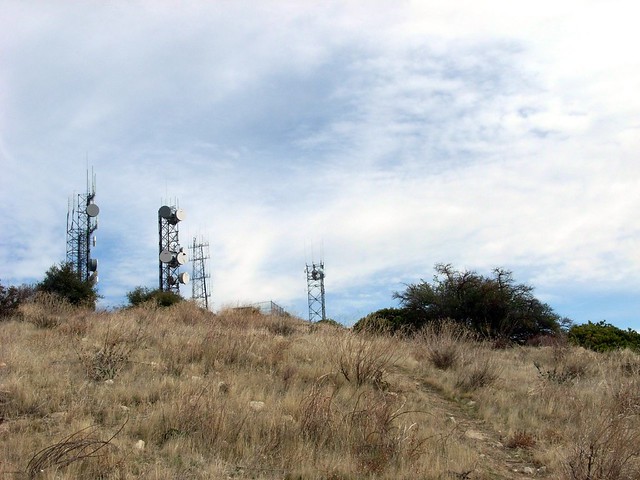
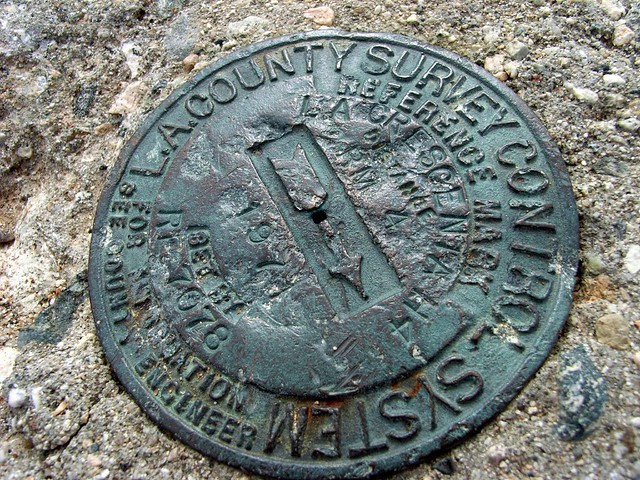
When you’re done, return back the way you came.
Tags: Angeles National Forest, Hiking, Los Angeles, Mount Lukens, Stone Canyon Trail, Trail Write-Ups, Tujunga


